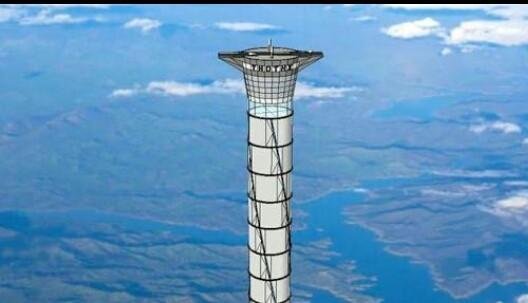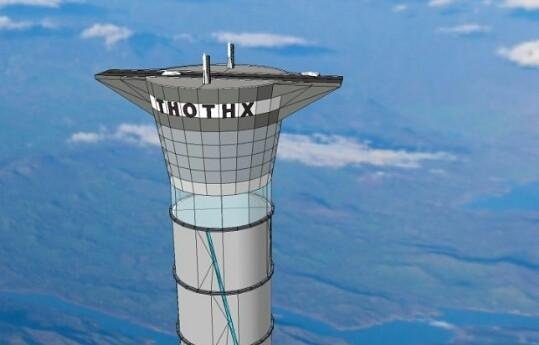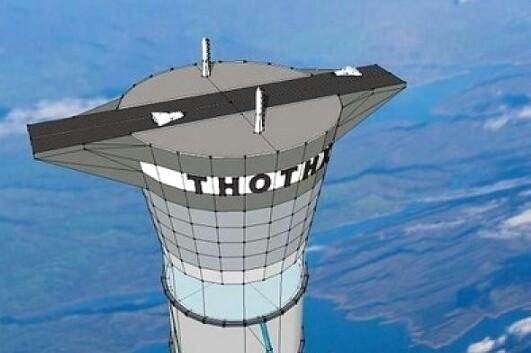The Future Elevator It Is Exactly Certain There Is Another World Besides Earth! Is this True? Here's Everything Designed

A robotic laser-powered climber has won $ 900,000 in a competition designed to spur technology for the future into space. Building an elevator room would require a retaining cable in the ground near the Earth's equator and using the tip of thousands of kilometers into space.
Centrifugal force due to the spin of the earth will remain strung wires so that the robot can climb and discharge into orbit. Although it is possible to build a lift room may be necessary.
To use an aircraft that may use a rocket. But the major technological hurdles must first be addressed, including ways to supply power to the climbing robot.
To that end, NASA is offering $ 2 million in prize money in a competition called Beaming Power Challenge, where robot climbers, powered wireless from the ground, attempt to ride the cable as soon as possible. Now, a climbing robot has climbed the $ 900,000 prize, so it's the first to win money in the competition, which has been happening every year since 2005. Ted Semon, a volunteer with the space shuttle Foundation, a nonprofit holding competition, and author of Space Lift Blog, said the space feat shows the lift is one step closer to getting off the ground.
"We have done a lot of things here to show that this technology is possible," he told New Scientist. "It's just very interesting."

elevator for future space and space
The successful climber was built by a team called LaserMotive, based in Seattle, Washington.
Like the other two vehicles in the competition, it used solar cells to absorb energy from infrared-based laser ground. Claimed pan On Wednesday, LaserMotive got excited with the lasers, driving the climber to climb 900 meters of a cable hanging on a helicopter at Edwards Air Force Base in Mojave, California.
The climbers reach the peak in just 4 minutes, for an average speed of 3.7 meters per second. The climbing team repeated the achievement at a slightly higher pace of 3.9 meters per second on Thursday.
On Friday, two other teams that failed at the end of them tried to climb. That means LaserMotive will receive all NASA $ 900,000 set aside for climbers who can make rides faster than 2 meters per second. The remaining $ 1.1 million in NASA prize money provided to rise faster than 5 meters per second, which none of the competitors could achieve.
Lunar inventor A climber admitted by a team from the University of Saskatchewan in Saskatoon, Canada, stalled just a few meters up the cable in a last-ditch attempt on Friday and could not continue the ascent.
A climber from a third team, called the Kansas City Space Pirates, will also only achieve partial climbs.
NASA is expected to officially recognize LaserMotive as a $ 900,000 prize winner in an award ceremony later on Friday. Though the elevator space stays away prospects, NASA is interested in wireless power transmission for other applications, such as the radiant power inventor for the moon's journey in the dark crater, where solar energy is not available.
